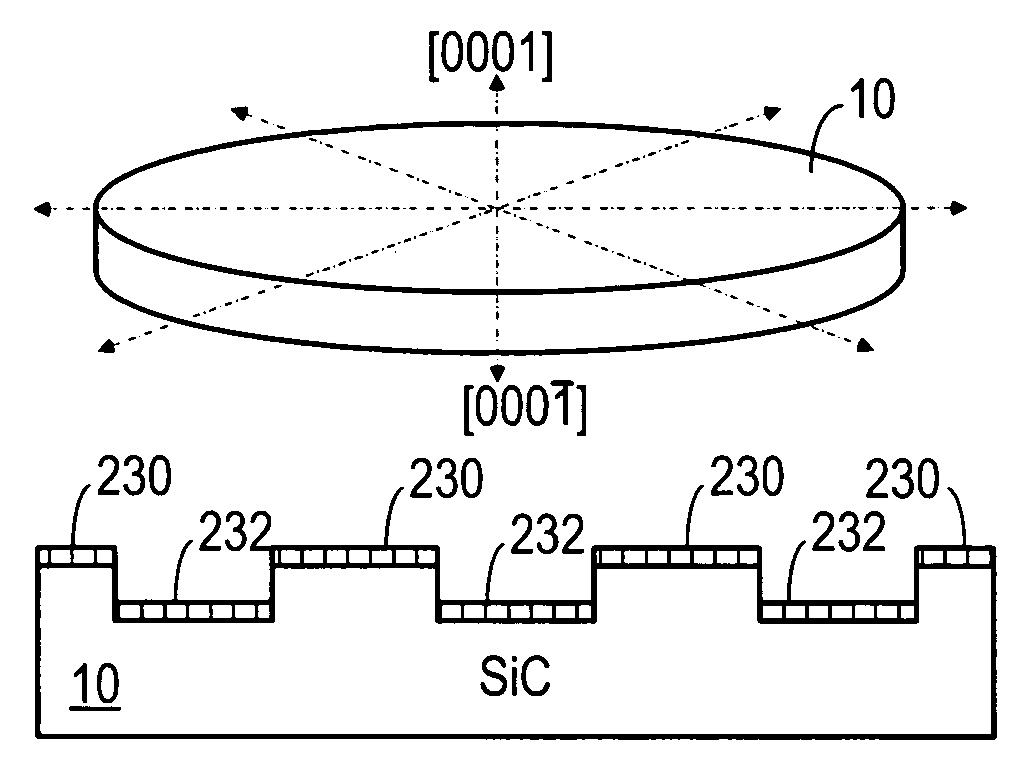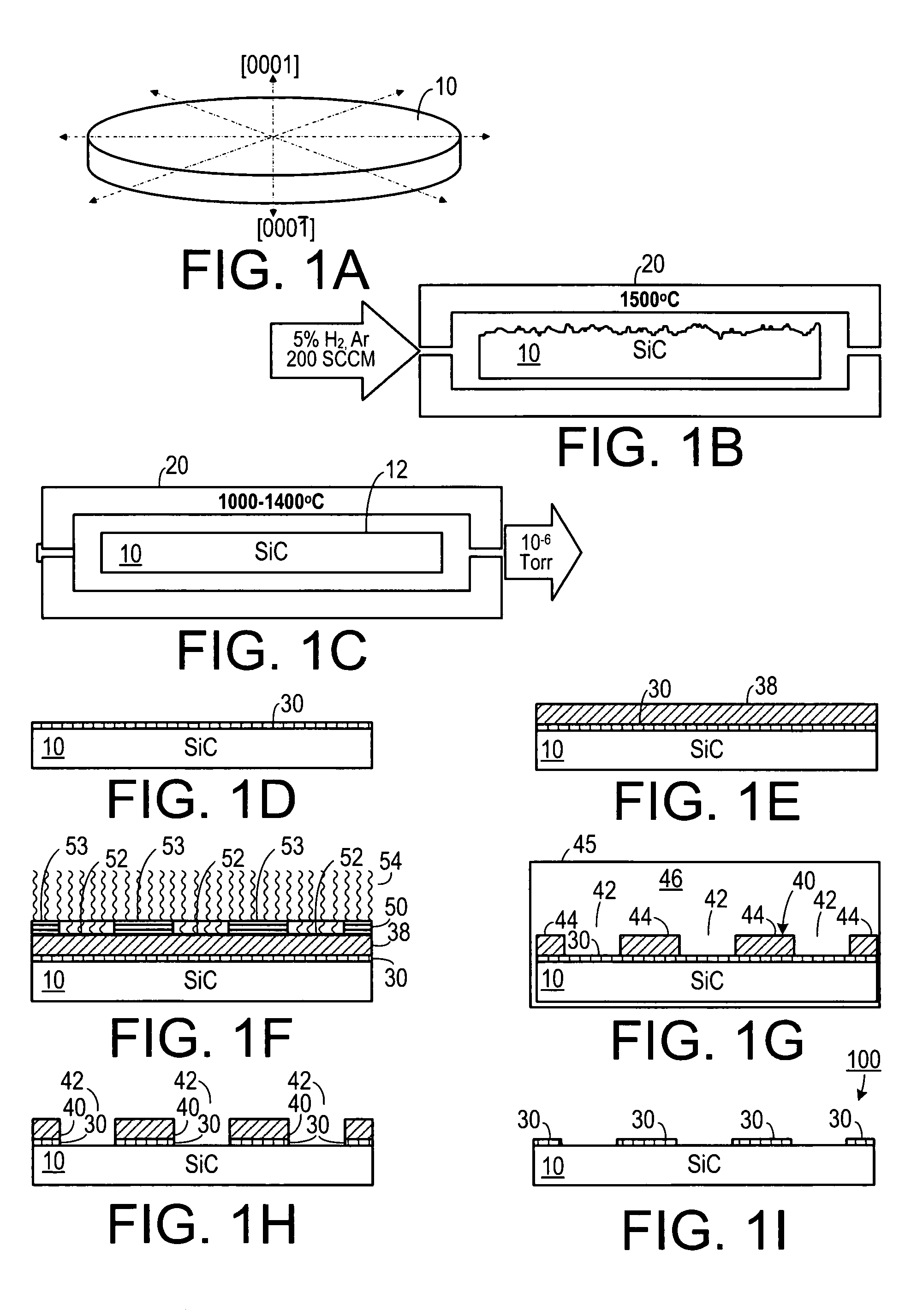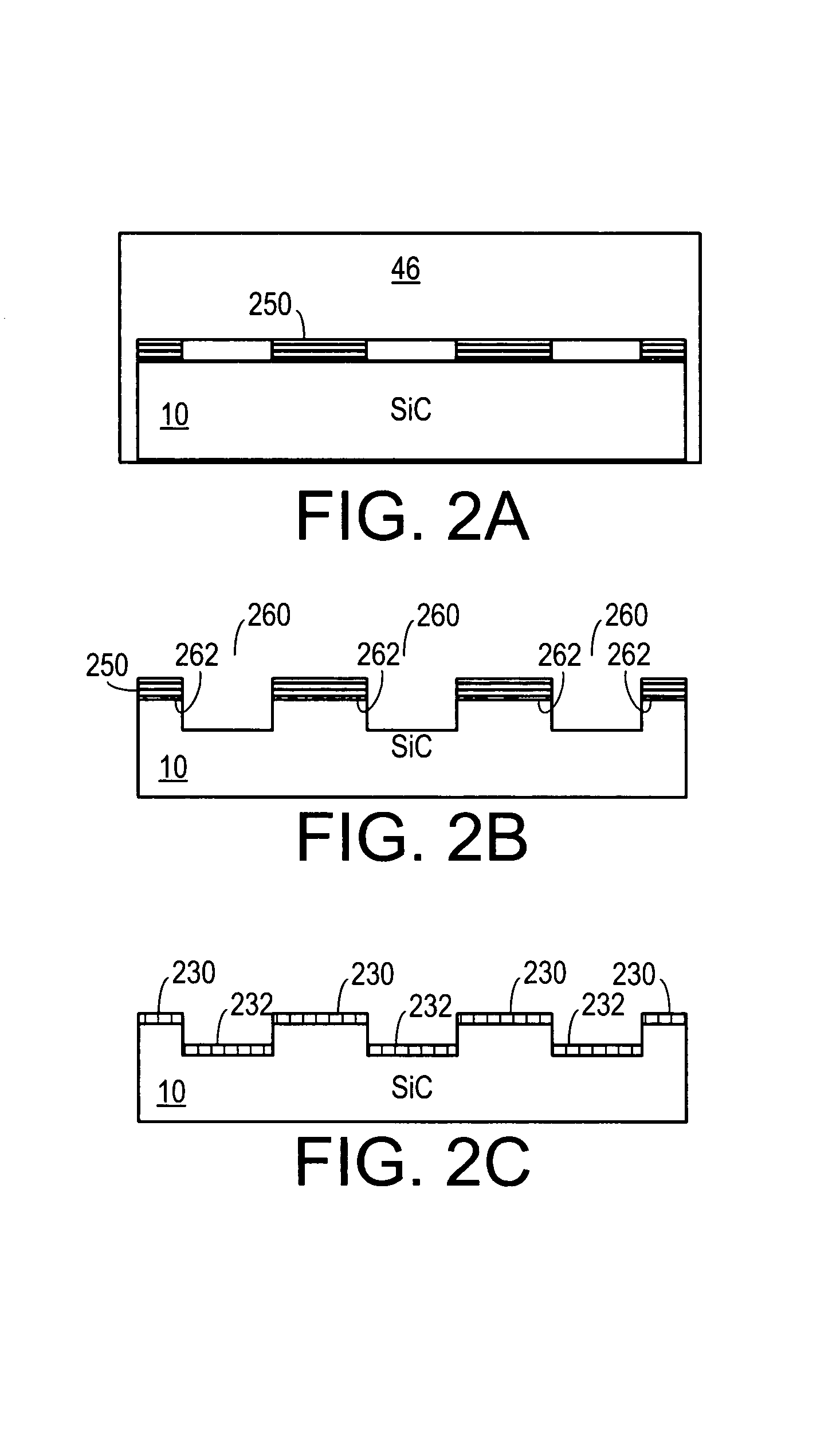Patterned thin film graphite devices and method for making same
a graphite device and thin film technology, applied in the field of thin film graphite electronic devices, can solve the problems of carbon nanotube-based molecular electronics, the reduction of contact power, and the ultimate limit of silicon-based electronics in the near future, and achieve the effect of greatly reducing or eliminating power dissipation at the contacts
- Summary
- Abstract
- Description
- Claims
- Application Information
AI Technical Summary
Benefits of technology
Problems solved by technology
Method used
Image
Examples
Embodiment Construction
[0025]A preferred embodiment of the invention is now described in detail. Referring to the drawings, like numbers indicate like parts throughout the views. As used in the description herein and throughout the claims, the following terms take the meanings explicitly associated herein, unless the context clearly dictates otherwise: the meaning of “a,”“an,” and “the” includes plural reference, the meaning of “in” includes “in” and “on.”“Annealing” includes processes in which a substance is heated to a temperature that causes a physical change in the substance, and is not limited to the heating and cooling of metals.
[0026]As shown in FIG. 1A, one method of making a device according to the invention begins with a substrate 10, such as a crystalline substrate. One example of a crystalline substrate includes silicon carbide. In one embodiment, a 6H crystal of silicon carbide was used and a device according to the invention was produced on the [0001] face of the crystal. As will be apprecia...
PUM
 Login to View More
Login to View More Abstract
Description
Claims
Application Information
 Login to View More
Login to View More - Generate Ideas
- Intellectual Property
- Life Sciences
- Materials
- Tech Scout
- Unparalleled Data Quality
- Higher Quality Content
- 60% Fewer Hallucinations
Browse by: Latest US Patents, China's latest patents, Technical Efficacy Thesaurus, Application Domain, Technology Topic, Popular Technical Reports.
© 2025 PatSnap. All rights reserved.Legal|Privacy policy|Modern Slavery Act Transparency Statement|Sitemap|About US| Contact US: help@patsnap.com



